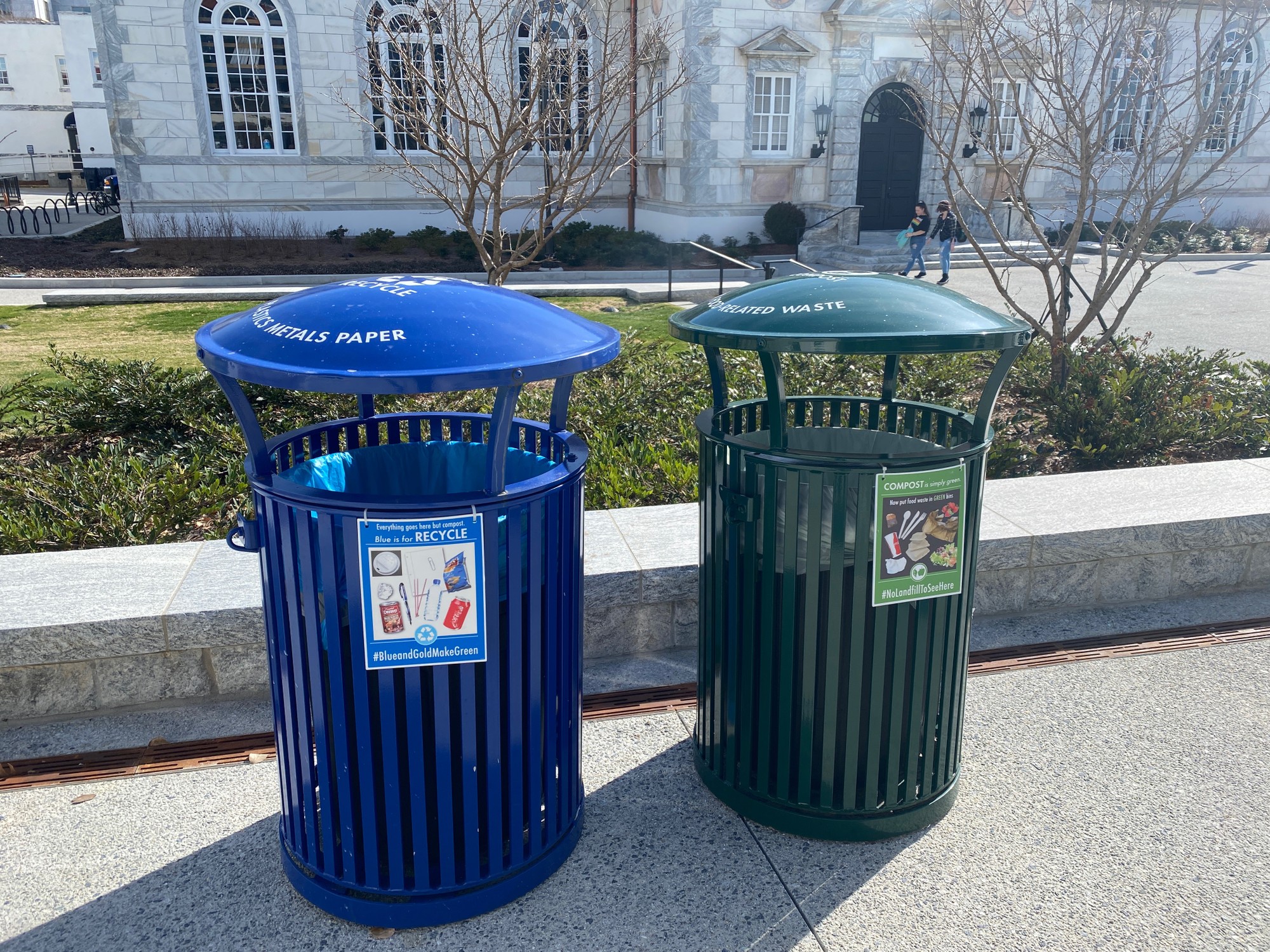Students should embrace body neutrality to approach a healthier and more realistic way of accepting their bodies.
In contrast to body positivity, body neutrality does not celebrate the image of a body. Neutrality celebrates the function of a body, which is undoubtedly an amazing thing! Anne Poirer, author of The Body Joyful, coins and summarizes the term best as “[prioritizing] the body’s function, and what the body can do, rather than its appearance.”
Body neutrality promotes love for the body on the simplest levels. Some who have tried the cycle of affirmations body positivity pushes may struggle to accept affirmations if statements feel ingenuine. However, in body neutrality, affirmations are all matter of fact. A body is a vessel in which experiencing life is made possible.
In body neutrality, a body is simply the vessel at work. False positivity can be as harmful as true negativity. Neither will benefit a person’s health.
False positivity may only produce what recent research from the Journal of Personality and Social Psychology explain as a “cycle of shame and guilt.” Rather than stumble into this pitfall, neutrality allows for the acknowledgment of all the emotions surrounding body image.
Neutrality is also more accessible to people with disabilities and people who find physical beauty standards unattainable. In the article What losing my legs taught me about body neutrality by Christobel Hastings, Kat Hawkins described her struggle with internalized ableism when having to amputate both her legs after being diagnosed with meningococcal septicemia. Body neutrality is her solution to regaining her sense of identity.
She said that although loving one’s body is certainly a possible future, it should not be the focus. Rather than push the focus to celebrate one’s body, something that people with disabilities or chronic illnesses often face pressure for, Hawkins emphasized first accepting the body as it is.
Hawkins even suggested that due to the mass capitalization of body positivity, it has lost genuine cause through the movement in media. What started as a fat acceptance movement brands now use as a way to relate consumers to products. Hawkins also touched on how body positivity “doesn’t put disabled bodies and marginalized bodies in the foreground anymore.”
Neutrality before positivity also allows for a person to meet their body’s needs more efficiently. Chrissy King, the creator of the Body Liberation Project, offered a good example when it comes to the image of someone’s stomach. Rather than bully themselves over what an “ideal” stomach should look like, or force positive affirmations on a part of themselves they are not comfortable with, people can ask themselves a simple question: “How can I treat myself with tenderness?”
Treating oneself with tenderness, kindness and compassion makes it easier to move the feeling of self-worth away from a reflection and more towards a feeling. In this, caring for one’s body becomes an easier task.
Neutrality encourages kindness to bodies. Kindness encourages love. This opens the door to body positivity in an authentic and lasting way. It is not until one can come to terms with the body they are in that they can begin to love it.



